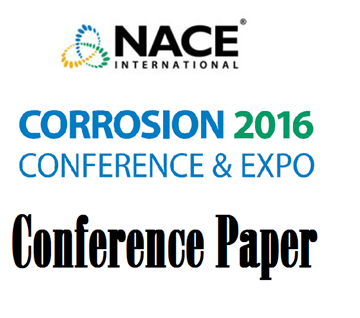Search
Products tagged with 'lean duplex'
View as
Sort by
Display
per page
10342 Properties of a New Lean Duplex Alloy
Product Number:
51300-10342-SG
ISBN:
10342 2010 CP
Publication Date:
2010
$20.00
51316-7036-Abrasion-Corrosion Resistance of Stainless and Wear Resistant Steels for Oil Sands Applications
Product Number:
51316-7036-SG
ISBN:
7036 2016 CP
Publication Date:
2016
$20.00
Investigation On The Localized Corrosion Performance Of Lean Duplex Stainless Steels In Urban Wastewater Treatment Plants
Product Number:
51322-17756-SG
Publication Date:
2022
$20.00
Laboratory experiments vs Field experience – Localized corrosion performance of lean duplex stainless steel UNS S32202 in municipal wastewater treatment plants
Product Number:
51323-19159-SG
Publication Date:
2023
$20.00




